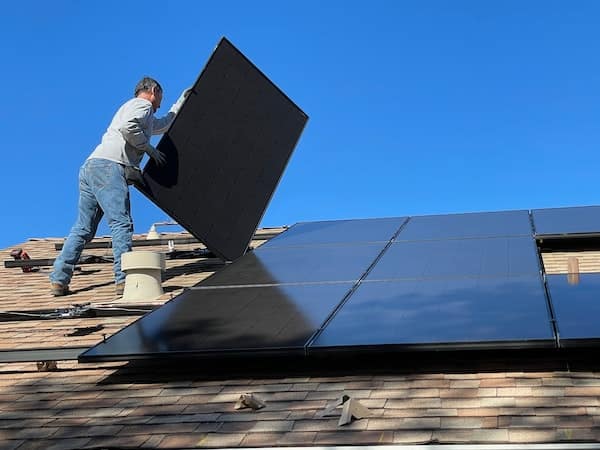Tech Tips
Why Are Many People Shifting to Community Solar Sources?
Rather than install solar panels on your roof or property, you can subscribe to large, offsite community solar farms that supply clean power. Usually owned by a non-profit or other third party, these solar farms produce electricity for subscribers to use at discounted rates compared to utility prices. They also deliver multiple local economic benefits: additional property tax to the community, direct and indirect local jobs and energy prices that are often cheaper than coal-fired electricity.
No Upfront Cost
Many homeowners are curious on what is community solar and its advantages. For most people, community solar is an affordable and accessible way for residents, businesses, institutions and other customers to save on electricity bills. It’s the ideal solution for a diverse range of people and can be particularly helpful to low-income earners and renters. The biggest benefit of community solar is that there’s no upfront cost to get started. All you have to do is subscribe to a project that’s located nearby. Once enrolled, the energy produced by the project will be turned into “solar credits,” which your local utility turns into a discount on your electricity bill. These are available as part of your state’s renewable energy incentive program and are a great way to reduce your carbon footprint while saving money on your electricity bill! Because of these benefits, community solar is a great choice for any homeowner, renter or business looking to save on their energy costs and help support the environment. It also has a few other benefits that make it even more attractive, including no upfront cost and easy enrollment.
Lower Electricity Bills
Community solar is a great way to save money on electricity and support the local economy. In addition, it reduces pollution and slows down man-made climate change. In most states, you can subscribe to a solar community project and start saving money on your electric bill. Depending on your state, you may qualify for tax credits or other incentives. You’ll still get the same electricity from your utility provider, but you’ll see monthly credits based on how much energy your community farm generates that month. Your electric rate will typically be 10-15% lower than what you’d pay otherwise. If you have a roof, you can install your own solar panels on your home to save even more. But rooftop solar can be expensive, and it’s not for everyone.
Reduced Carbon Footprint
Community solar is a growing renewable energy resource for homeowners, renters, and others who can’t install rooftop solar. It offers low-cost, emission-free electricity to people who have limited space or can’t afford to invest in an individual system. Generally, solar community projects are designed to produce enough electricity to supply several homes or businesses. They are typically located on land in the same utility zone as the subscribers to the program. The project is then connected to the local power grid, which supplies the same electricity to all participants. This way, the energy is more efficient and reduces the number of fossil fuels that enter the grid.
By subscribing to a community solar farm, you help make a huge environmental difference. Depending on the size of the project, thousands of tons of carbon emissions can be offset annually. Another benefit of a solar farm is that it creates jobs in your area. This helps stimulate the economy, as construction and operations jobs are created to support the farm. In addition, the power generated by a community solar farm can help your local area become energy independent and avoid dependence on big power plants that release large amounts of pollution. This can also help minimize power outages, increasing the electrical grid’s safety and resilience.
Increased Community Cohesiveness
Community solar projects are an excellent way for people who don’t own homes suitable for rooftop solar panels to access clean energy. These include renters, apartment dwellers, and homeowners who don’t have the financial stability to bankroll a private PV system. According to Joel Gamoran, Director of Sustainability at WRI, community solar allows “people who don’t have access to clean energy to be able to make the switch, to be part of this renewable movement.” This is an important step in bringing clean energy to a wider audience and reducing the environmental and health impacts of dirty fossil fuel plants that often have been built in underserved communities. The pollution from these industrial lands has been a leading factor in many cities’ asthma epidemics. However, the benefits of community solar go beyond health and well-being – it also supports local economies by providing jobs. The economic impact of community solar is estimated to be an additional 1.4 million jobs by 2050.
In addition, solar community projects are a great way for low-income customers to access electricity bill savings. The cost of community solar is usually much lower than traditional utility rates, and subscriptions are often designed to give customers credits on their electricity bills based on the amount of clean power they are receiving from the project.







